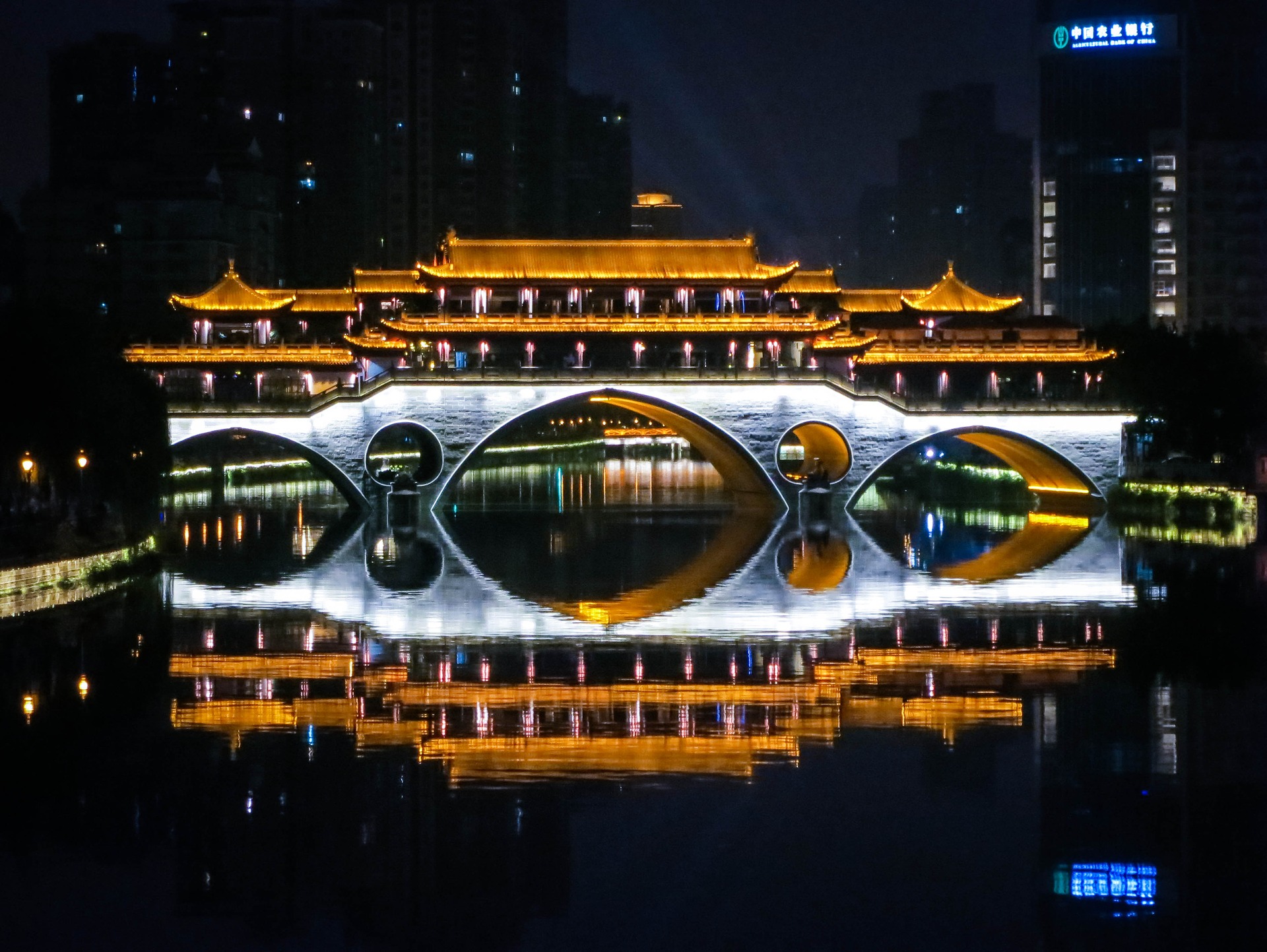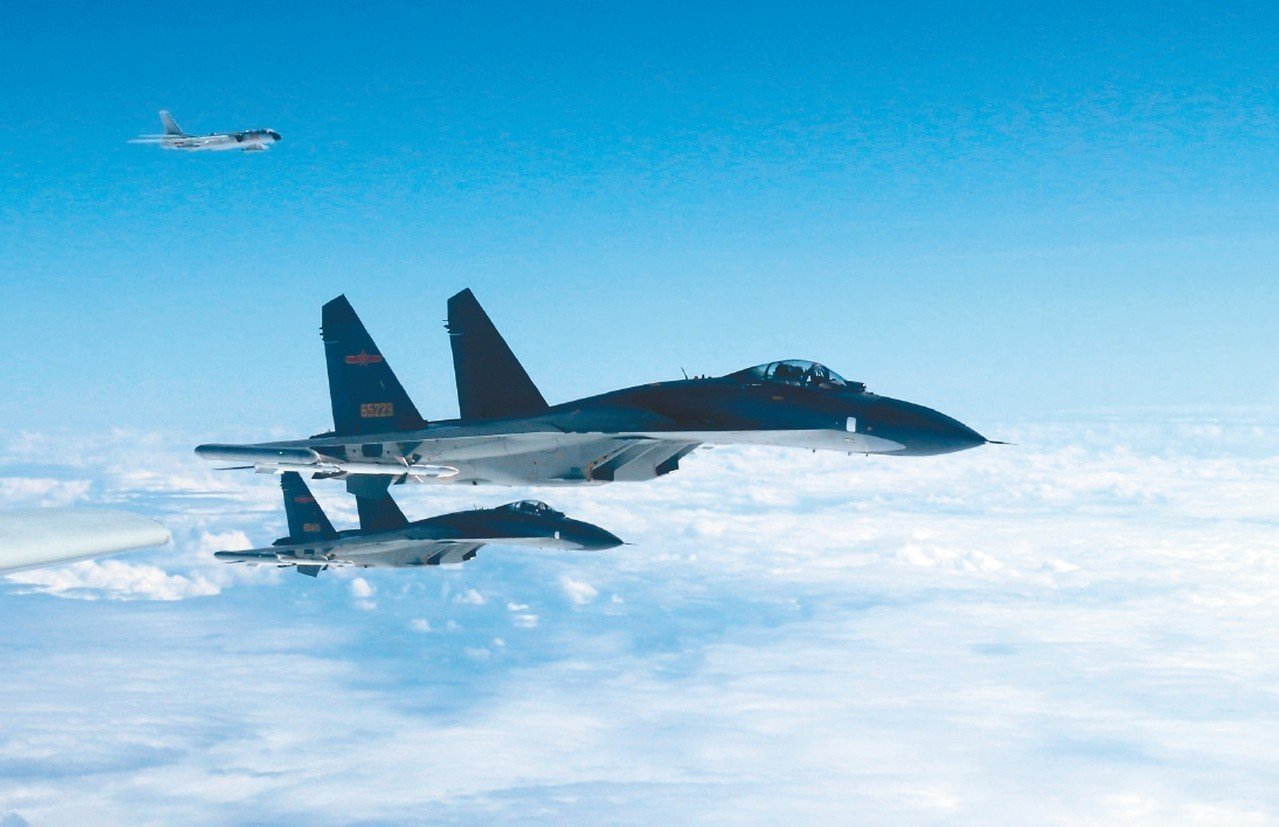Taiwan’s struggling military could learn a few things from Singapore and Estonia, to states that are surrounded by larger and more powerful enemies.
Since former president Ma Ying-jeou’s second term in 2012, the Republic of China (ROC) Armed Forces have sought to phase out their current military conscription system with an All-Volunteer-Force (AVF). Both Ma and President Tsai Ing-wen have argued that an AVF military is more professional because it inherently possesses more staying power and better battlefield performance.[1] However, given the required amount of personnel per capita Taiwan would need to complete a successful transition from a conscript force to an AVF, transforming the ROC Armed Forces at a very critical time is not in the nation’s best long-term interests.
Which type of military could best transform Taiwan’s armed forces, therefore, from an apathetic (weak staying power and battlefield performance) to messianic (strong staying power and battlefield performance) — an AVF or a conscript force?[2]
This paper will first examine the ROC Armed Forces’ current conscription policies, their desired AVF end state, issues facing this transition (i.e. potential staying power and battlefield performance problems that may arise), and existing solutions used by Estonia and Singapore.
Background
In August 2015, the Ministry of National Defense (MND) announced that the plan to transition from a conscript army to an AVF would be postponed. This followed the July 2013 death of Army Corporal Hung Chung-chiu. Corporal Hung’s death while in military prison (for bringing a smartphone illegally onto a military base) sparked protests by hundreds of thousands of young, military-aged, Taiwanese. This halted MND plans to compose their military of roughly “176,000 volunteers, from the 235,000 volunteers at present, for a total active duty force of 215,000 (from 270,000).”
Due to abysmal recruitment numbers, President Tsai must choose between reinstating Taiwan’s unpopular conscription or move forward with the AVF. If faced with a low number of recruits, armed forces will lack the proper troop numbers to defend the nation and carry out other functions such as disaster relief. To compromise on these numbers, MND announced that next year 9,600 young men born in 1993 will be conscripted while the AVF transition will continue to move forward. Young men born after 1994 must serve four months while conscripts born before 1994 must for serve one year. President Tsai’s policy remains a temporary fix and does not address underlying Taiwanese societal resentment toward the armed forces.
These recruitment figures only tell half the story. Within the Taiwanese populace, there is a strong disdain for the ROC armed forces. When General Chiang Kai-shek and the Chinese Nationalist Party (KMT) retreated to Taiwan in 1949 after losing the Chinese Civil War, they mistreated local Taiwanese. The KMT portrayed themselves as “liberators” of their long-lost Han Chinese brethren in Taiwan, whom up to that point were only allowed to speak Japanese and adopt Japanese names during colonization. Once local Taiwanese realized they had a separate nation identity from the ROC and the KMT, they protested. Unfortunately, most of these protests were put down with ROC Armed Forces. Soon, the armed forces were used to implement a 40-year martial law period known as the “White Terror.” These misfortunes have bred years of disdain for the ROC Armed Forces, and undermined conscription and recruitment efforts among young Taiwanese.

Taiwanese soldiers gather during a media visit to Huadong Defense Command (Army) in January 2013 (Photo: J. Michael Cole)
In Taiwan, there is a popular Mandarin saying, “Good men do not serve as soldiers.” There are strong economic costs that come with conscription in Taiwan. Pay for a conscript is very low, despite Taiwan having one of the highest percentages of college degree holders per capita in the developed world. Many young Taiwanese men would rather go to China or Southeast Asia as businessmen to make money instead of serving as conscripts. Additionally, the ROC Armed Forces lack up-to-date equipment, focus too much on rules and regulations instead of realistic combat training, and lack a strong bond of trust between Non-Commissioned and Commissioned Officers. These factors mixed together have created a perfect storm of resentment among young Taiwanese toward conscription.
Solutions
Despite these issues, there are solutions to help Taiwan solve its conscription-to-AVF problem. It is important to remember, as stated before, that the casual logic behind phasing out conscription for an AVF is that a military force made of volunteers inherently has more staying power and better battlefield performance.[3] Managing an AVF requires a change of policy that the Taiwanese armed forces might not be prepared for, such as reducing the demand for male recruits, keeping strategic goals in mind, and providing incentives. To offset some of these management changes, ROC military planners should seek an increased reliance on women, civilianizing key jobs (i.e. cyber and information warfare), and place a stronger emphasis on deferred compensation for troops that volunteer. Unfortunately, to implement these changes Taiwanese society at large will need to undergo a sea change of attitudes.
Still, Taiwan has two model militaries it can seek inspiration from: Estonia and Singapore.

A Singaporean military recruitment poster at a bus stop in downtown Singapore in 2014 (Photo: J. Michael Cole)
Like Taiwan, Estonia and Singapore are small countries surrounded by larger, more aggressive, neighbors; in Estonia’s case, as with Taiwan, the larger neighbor poses an existential threat to its existence. Once Singapore was founded national defense was immediately made a priority, adopting a strategy initially pioneered by the Swiss called Total Defence. This strategy called for an emphasis on national defense at every level (military, civil, economic, social, and psychological). Singapore can therefore be classified as a messianic military. The Singaporean Army and conscription in Singapore are viewed as a necessary duty for the country. This was forged by years of a combination of regime control and organizational autonomy. The Singaporean Armed Forces are also seen as advancing the national mission, i.e. defending the small city-state from larger adversaries. Due to the galvanization of Singapore’s national mission and the strong control the regime maintains over it, there is a strong chance in the event of a conflict against a large adversary that the Singaporean Armed Forces would have strong staying power and strong battlefield performance. A key to Singaporean success is the use of propaganda to galvanize the population’s support for the regime’s national mission, high pay for military service members as conscripts and volunteers, and freedom to choose between civil and military service.
Estonia’s mixture of a civilian militia, strong civil defense functions, and military conscription is similar to Singapore, with one caveat: Estonia maintains a paramilitary corps called the Estonian Defense League made of civilian children, men, and women. A paramilitary wing of the Estonian Armed Forces, the Estonian Defense League is designed for prolonged civilian insurgency to make it difficult for larger adversaries to hold territory or occupy the country. The League is broken down by region, age, and sex. Currently, the League has 15 regional units, a girls’ corps (“Home Daughters”), a boys’ corps (“Young Daughters”), and a women corps (“Women’s Home Defense”). These units train nearly every weekend through a series of fun competitions and exercises designed to teach skills needed for the insurgency.
Additionally, the Estonians maintain caches of clothes, weapons, and unperishable food around the country. An Estonian General once said, “The best deterrent is not only armed soldiers but armed citizens, too.” This has not only provided all the checks that the Estonians would need for a highly trained professional military, but has also allowed them to ascend to a messianic military too.[4] The Estonian Armed Forces have the will of the Estonian people behind them as well as the autonomy needed to effectively carry out their mission.
For the Taiwanese to achieve what the Estonians and Singaporeans have done, there needs to be an increase of regime control simultaneously with more autonomy for the ROC Armed Forces. Currently, only elite ROC Special Forces and ROC Marine Corps units would fight against a Chinese invasion. The concern is whether large ROC Army infantry and other units would stand their ground. To ensure that ROC units do so, unit cohesion (nationalism, democracy, and Primary Group Ties) needs to be improved.[5] For example, Singaporeans look forward to their national service and cherish the nationalism they hold toward their country. Taiwan needs to do the same. Taiwan is already a democracy, however culturally speaking individualism is not valued as much. Lastly, Primary Group Ties can be promoted through more unit autonomy to create their own unique fighting cultures.
In order to solve the problems of the ROC Armed Forces, the AVF should be curtailed to keep conscription in place. By providing incentives (higher pay, more training, deferred compensation) for conscripts-to-volunteer beyond their mandatory service time, promoting nationalism, improving training and encouraging Primary Group Ties, the ROC Armed Forces could be transformed from an apathetic military into a messianic one. These steps, mixed with a strong civilian paramilitary militia like the Estonian Defense League, could ensure Taiwan’s defense readiness.
[1] Castillo, Jasen, Endurance and War, Stanford Security Studies, an Imprint of Stanford University Press, 2014.
[2] Ibid
[3] Ibid.
[4] Ibid.
[5] Ibid.
You might also like
More from Military
U.S. Government Approves US$2.2bn Sale of M1A2 Tanks, Stinger Missiles to Taiwan
The proposed sale includes 108 M1A2T Abrams Tanks and 250 Stinger anti-aircraft missiles.The U.S. Defense Security Cooperation Agency (DSCA) on …
The Median Line in the Taiwan Strait: A Dangerous Loophole
Taiwan’s options are limited, but the Tsai administration must pursue a course of action that shows firm decisiveness and yet …
Taiwan Requests New Combat Aircraft From the US: What Happens Next?
Whatever happens in the next few months — and expect the whole thing to become highly politicized — it is …









